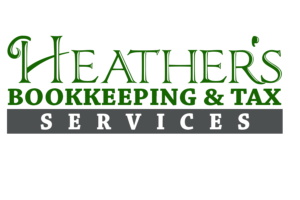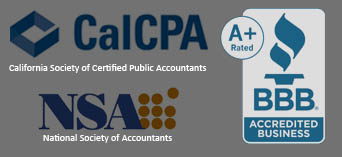2021 Main Street Small Business Tax Credit in California
California’s governor signed Assembly Bill (AB) 150 establishing the Main Street Small Business Tax Credit II.
However, You must claim this credit on a timely filed original tax return. You cannot claim this credit on an amended (not original) tax return.
Taking a deeper dive into the 2021 main street small business tax credit
This bill provides financial relief to qualified small businesses for the economic disruptions in 2020 and 2021 that have resulted in unprecedented job losses.
Taxpayers can use the credit against income taxes, or can make an irrevocable election to apply the credit against sales and use taxes.
How to qualify for the Main street small business tax credit in California
To qualify for the credit, taxpayers (qualified small business employers) must:
- Have 500 or fewer employees on December 31, 2020 (all employees, including part-time employees), whose wages are subject to California withholding laws.
- Have experienced a decrease of 20% or more in gross receipts:
- Calendar year filers compare gross receipts for 2020 to gross receipts for 2019.
- Fiscal year filers can either:
- Compare gross receipts for fiscal year 2019-20 to the gross receipts for fiscal year 2018-19.
- Compare the gross receipts average for fiscal year 2019-20 and fiscal year 2020-21 to the gross receipts for fiscal year 2018-19.
- New businesses that commenced business after January 1, 2019, but on or before January 1, 2020 can determine by comparing gross receipts from:
- January 1, 2020, through February 28, 2020, multiplied by 1.5 to gross receipts for the period of April 1, 2020 and ending on June 30, 2020.
- Apply for a tentative credit reservation from CDTFA during the period of November 1, 2021 through November 30, 2021, and receive a tentative credit reservation.
- Not be required or authorized to be included in a combined report.
For each taxable year beginning on or after January 1, 2021, and before January 1, 2022, the new law allows a qualified small business employer a small business hiring tax credit, subject to receiving a tentative credit reservation through the California Department of Tax and Fee Administration (CDTFA).
All taxpayers (including those electing to use the credit to offset qualified sales and use taxes) must reduce any deduction otherwise allowed for qualified wages by the amount of the credit allowed.
Tentative credit reservation period
You can apply for a tentative credit reservation from November 1 through November 30, 2021, or an earlier date if the limit for the credit is reached before November 30, 2021. The credit is allocated by CDTFA on a first-come, first-served basis. The allocation limit for this credit will be approximately $116 million.
Considerations for S corporations
S corporations electing to apply the credit against qualified sales and use taxes:
- Can claim the full credit against sales and use taxes.
- Cannot pass through any of the credit to its shareholders.
S corporations electing to apply the credit against franchise and income taxes:
- Are limited to applying 1/3 of the tentative credit reservation amount (from their confirmation from CDTFA) against the tax on net income at the S corporation level. They may not use the credit to offset the $800 minimum franchise tax.
- Must disregard the remaining 2/3 of the credit and the S corporation may not use it as a carryover credit.
- Can pass through the full credit amount to their shareholders, who may use the credit against their personal income taxes.
Credit amount
The amount is equal to $1,000 for each net increase in qualified employees, measured by the monthly average full-time employee equivalents. For more information on computing the credit, visit CDTFA.ca.gov.
Each employer is limited to no more than $150,000 in credit.
The amount of credit you may receive for the 2021 taxable year is reduced by the Main Street Small Business Tax Credit for taxable year 2020. Your 2021 credit will be reduced by either:
- Your 2020 credit allocated for application to Sales and Use Tax; or,
- Your 2020 credit received for application against income taxes
Qualified employee:
- Must be paid wages subject to withholding under the California Unemployment Insurance Code.
- Cannot receive wages that are used in the calculation of any other tax credit, except for the Main Street Small Business Tax Credit, for taxable year 2020.
- Is not paid as an independent contractor.
How to claim the Main Street Small Business Tax Credit
- File your income tax return timely.
- Include your Main Street Small Business Tax Credit (FTB 3866) form, to claim the credit.
- We’re currently updating the FTB 3866 for the 2021 tax year and it will be available by January 1, 2022.
- Provide the confirmation number (received from CDTFA on your Tentative Credit Reservation) when claiming the credit.
- Use credit code 241 when claiming the credit.
- Review the Specific Line Instructions (page 2) for form FTB 3866, for more information.
- Unused credits may be carried over for 5 years or until exhausted.
Fell free to contact us.







